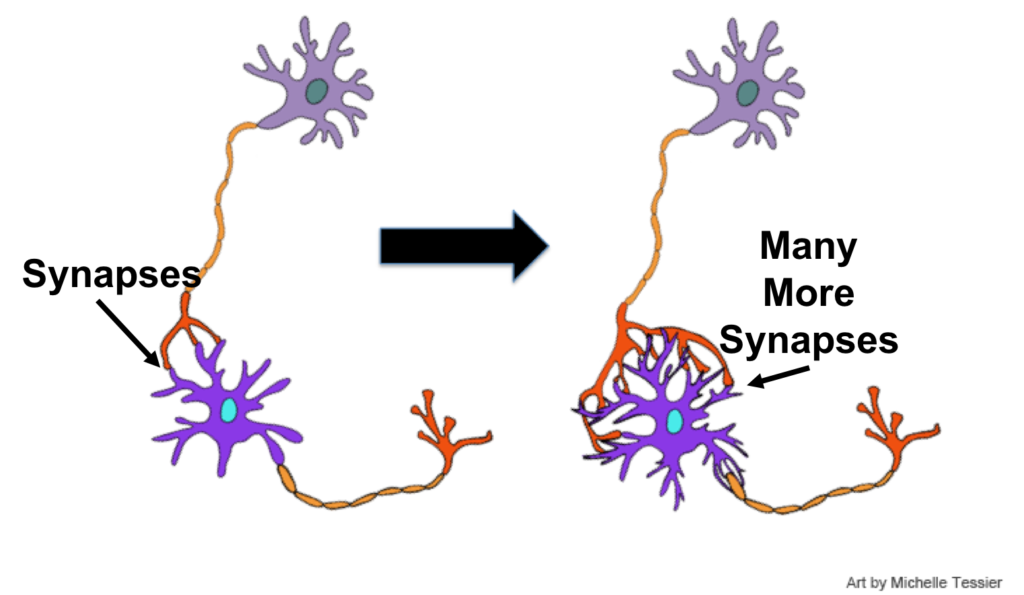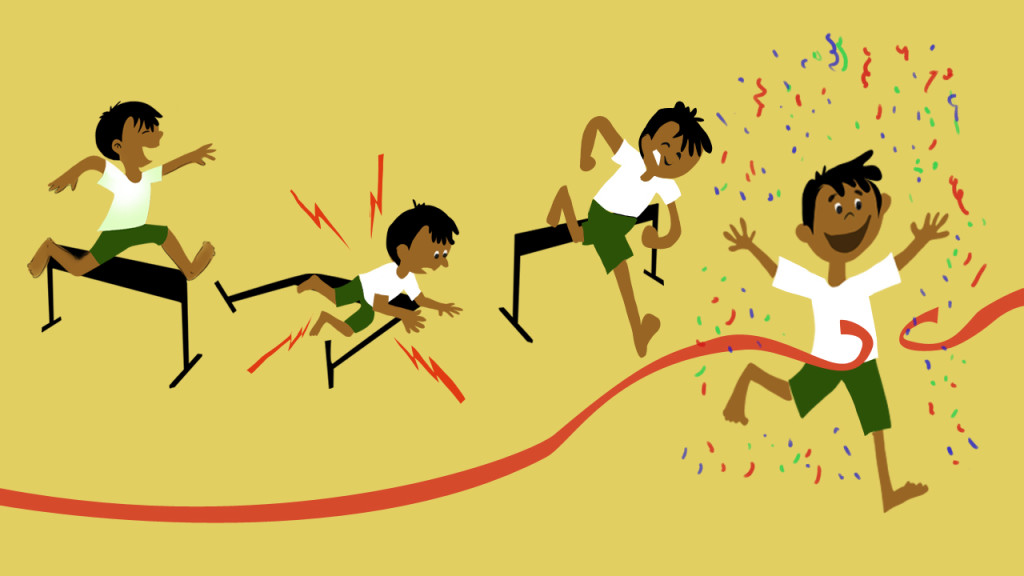Taking a break from school is something we all need, but summer can and should be a time of important personal growth.
Educators and parents are in prime positions to promote summer learning mindsets that include (safe) risk-taking and getting comfortable with initial failure. Going into summer, it’s important that we provide students with the courage to try new things, as it will translate into the fall classroom by making students more likely to take on academic challenges!
Getting students out of their comfort zone is critical, because our brain growth, called neuroplasticity, comes at a certain price. That price is initial failure and requires the willingness to make a second, third or fourteenth effort.
Neuroplasticity, or changes in connections between neurons only occurs after the repeated use of the neurons. This leads to changes in the connections, synapses, between those neurons that support that particular action or thought process.
But before you’ve tried something for the first time, like reading aloud, the corresponding synapses and pathways are either not yet formed or not yet very strong. Therefore, you will repeatedly fail at sounding out many words, as the biological support for adept reading isn’t there yet. And likewise, refusing to try again will ensure that those connections will never be made.
The exact same processes that underlie learning in an academic setting also underlie learning to ride a horse, skateboard or surf. Summer activities can provide plenty of chances for students to experience initial failure, continue trying and ultimately build new brain connections as a result.
If, on the other hand, we fear inevitable mistakes and challenges, not only do we miss out on much of the good stuff in life, but we dramatically under-use that most impressive characteristic of our brain, it’s insatiable plasticity.
So spend time talking to students about their summer goals and adventures. Take the opportunity to encourage them to travel into the unknown for the sake of both the enjoyment and the scaffolding it provides for next fall.
If they were shying away from sleep-away camp, maybe now they should take the leap. If they were avoiding joining their neighbor at basketball camp, because they don’t think can keep up, maybe you can help them see the necessary relationship between failure and growth. These conversations are practice at building brain-awareness and will encourage students to apply their understanding of their changeable brains outside of the classroom.
As an added benefit, those kids will return in the fall armed with rich “What I did last summer and what I learned from it” back to school narratives, allowing teachers to kick off the school year embracing a “growth mindset”. And having personally relevant material to discuss as a class will immediately begin building a connected and supportive classroom.


